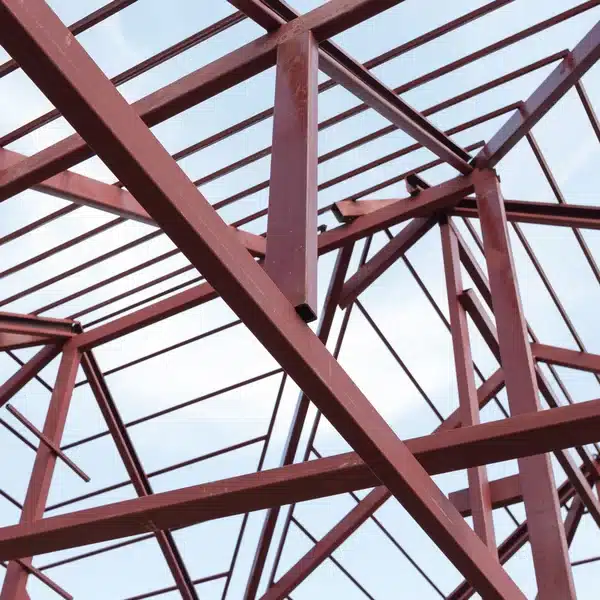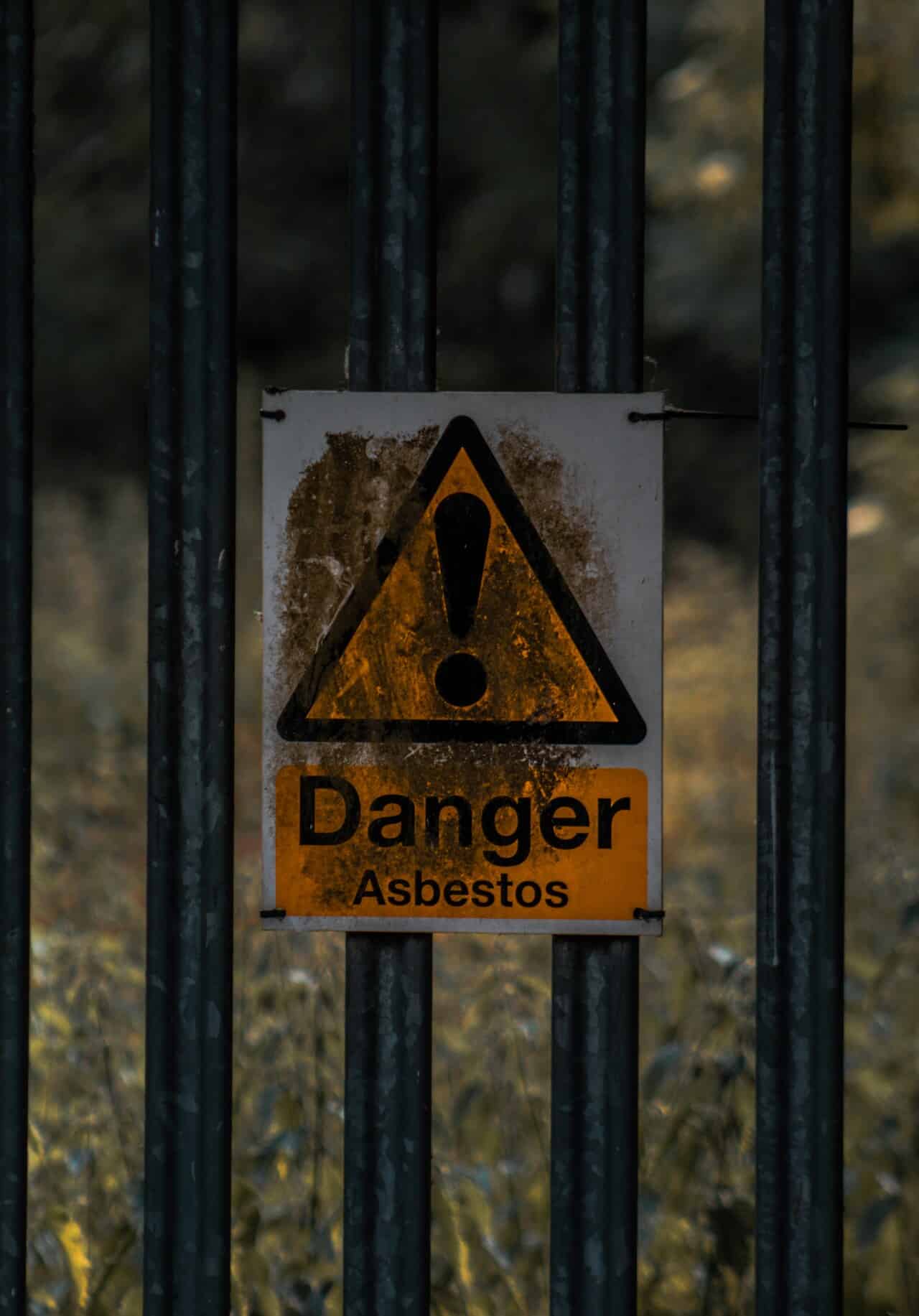Building large structures on soft soil and uneven terrain can be an immense challenge, but it doesn’t have to be impossible.
With the right design approach, suitable materials, and a clear understanding of the workflow process, it is possible to construct large buildings, roads, and other infrastructure in places that aren’t traditionally suited for construction.
This blog post will explore minimizing risk while building on soft soil or uneven terrain with effective planning strategies, safer building materials, and proper groundwork inspection techniques.
So if you need guidance when constructing large structures with challenging geological conditions as your foundation – keep reading.

Table of Contents
Use ground anchors or structural supports.
A strong foundation is essential in ensuring the structural integrity of any building. However, there are times when the soil conditions may be unstable, and the foundation could shift or settle, leading to severe structural damage.
To prevent such occurrences, ground anchors or structural supports stabilize the foundation. Ground anchors are metal rods driven into the soil and attached to the foundation walls with a steel plate. This ensures the foundation is firmly in place, boosting its resistance to settling or shifting.
On the other hand, structural supports are installed underneath the foundation to provide additional support. With these measures in place, you can be sure that your building will stand the test of time.
The reputable providers of chemical underpinning services in Adelaide also suggest that you opt for chemical grouting injection when building on soft soil for more excellent stability. This way, the foundations of your building will be firmly in place, and you won’t have to worry about it shifting or settling.
Understand the type of soil and terrain you are dealing with
When embarking on any project, it’s essential to understand the soil and terrain you are working with. Knowing the soil type can affect drainage, root growth, and even the types of plants that can thrive in the area.
The terrain can also impact how easily equipment can navigate the site and how much effort will be required for excavation. By taking the time to understand the soil and terrain thoroughly, you can make informed decisions on how to approach the project, ultimately saving time and resources in the long run.
Analyze the site’s geotechnical characteristics.
When constructing any infrastructure, analyzing the site’s geotechnical characteristics is essential to ensure a safe and long-lasting project.
One of the most critical elements of this analysis involves evaluating the soil’s compaction, which refers to how tightly packed the soil particles are and how they hold up under pressure.
Permeability is another crucial factor determining how well water can flow through the soil. Ultimately, by understanding the bearing capacity of the site, engineers can determine how much weight the ground can support without failure.
These geotechnical characteristics play a vital role in the success of any construction project, so it’s essential to analyze them thoroughly before breaking ground.
Perform thorough groundwork inspections.
Groundwork inspections are critical in constructing large structures on soft soil or uneven terrain. During these inspections, the soils are tested for moisture content, pH levels, bearing capacity, and other properties affecting the foundation’s stability.
This allows engineers to develop strategies to minimize the risk of soil failure and rectify existing problems. After this, a geotechnical report is produced containing all the information regarding the soil conditions at the intended construction site. This can then be used to determine the best action plan for the building project.
Choose suitable materials to use for construction.
When it comes to construction, choosing suitable materials is crucial for the project’s overall outcome. The materials selected will determine the look of the building and its durability and longevity.
For instance, brick is an excellent choice for buildings in areas with harsh weather conditions due to its strength and resistance to erosion.
On the other hand, wood is ideal for buildings in regions with mild weather patterns as it provides natural insulation and requires less energy to heat or cool. Selecting suitable materials for your construction project will save you money in the long run and provide a safe and comfortable environment for its occupants.
Utilize footing systems
When constructing any type of structure, it’s essential to ensure reliable stability and lasts through the years. However, this can become a challenge when dealing with soft soil conditions. That’s where footing systems come into play.
Using specially designed footings, you can create a stable foundation that won’t sink or shift over time. These footing systems provide stability by evenly distributing the structure’s weight across a wider area, preventing it from sinking into the soft soil.
So if you’re planning a construction project in an area with soft soil conditions, consider utilizing a footing system to ensure your structure will stand the test of time.
Implement drainage solutions
Water accumulation can lead to unstable soil conditions and potential damage to foundations and buildings. Appropriately directing water flow away from these areas can reduce the risk of these problems and ensure a safer, more secure living or working environment.
Various options are available depending on your needs and budget, from simple solutions like gutters and downspouts to more complex systems designed for more significant properties. So take action today and invest in the right drainage solutions to keep your property safe and secure in any weather.
It is essential to build large structures on soft soil and uneven terrain with careful consideration. Understanding the type of soil and terrain you are dealing with and analyzing the site’s geotechnical characteristics will be beneficial to secure lives and investments.
Choose materials that are suitable for construction based on your analysis, install ground anchors or structural supports to stabilize foundations when necessary, Select footing systems that allow for more excellent stability in soft soil conditions, and implement drainage solutions.
With thoughtful and intentional selection and installation steps, you can avoid unnecessary future costs such as structural damage and repair expenses otherwise required. That way, you can look forward to enjoying your structure for a long time, safe from potential risks arising from unstable soil beneath.





